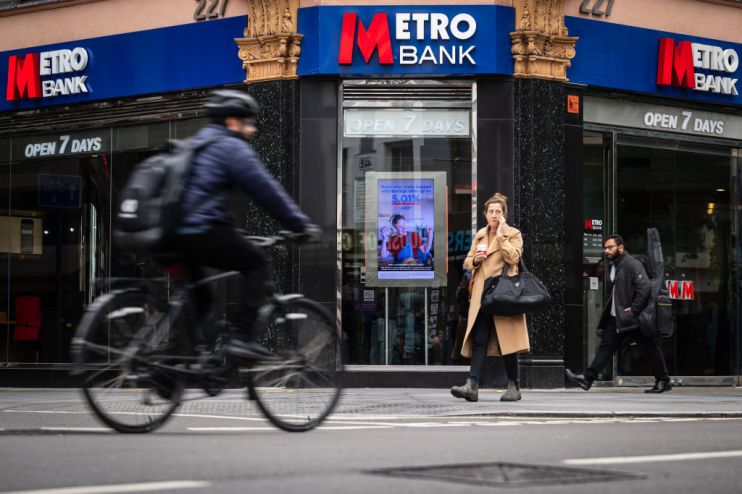Is the high street party over for Metro Bank?

The boss of Metro Bank has said it will begin to shift its focus away from the high street as the lender looks to ramp up its business banking efforts.
Metro Bank chief executive Dan Frumkin, who has been at the helm since 2020, said the bank is no longer focusing on opening new branches on the high street.
“We will do stores only if they make sense for us,” Frumkin told The Sunday Times.
Frumkin added: “I am not falling into the old trap of the prior leadership team where we will open stores to say we’ve opened stores. We will open stores only if the maths works.
“The location needs to work. We screen every location. If you go back five or six years, before I got here, we were screening locations with a heavy retail component. We’re now screening locations that really have a heavy small business, commercial component.”
The shift in tone is a significant one for the lender, which was the UK’s first new high street bank in more than a century when it was founded in 2010.
It comes amid a renewed push into business banking, with a focus on corporates and small businesses. However, Frumkin said current retail customers remain a key part of its operations moving forward.
Last week, Metro Bank announced that it will open two new locations by June of next year, one in Chester and one in Gateshead, as it continues “scouting cities and towns that fit our business model.”
The boss said the bank hopes to see a total of 10 to 15 stores within the next five years, and “possibly” 20 to 25 over the next seven to eight years.
The announcement came as the lender also reported last week that it expects to return to profitability in the final quarter of this year, which sent shares soaring. Its shares ended the week at 54.4p, a jump of 37 per cent, with a market valuation of £344m.
In the first half of 2024, Metro Bank swung to a pretax loss of £33.5m compared to a profit of £15.4m in the same period last year.
This was largely due to a lower net interest margin – a measure of how profitable lending is – which narrowed to 1.64 per cent in the first half, down from 1.85 per cent in the second half of last year.
Beyond 2024 it expects to deliver a return on tangible equity – a key measure of profitability – in the mid-to-upper single digits in 2025, rising to double digits in 2026 and mid-teens thereafter.